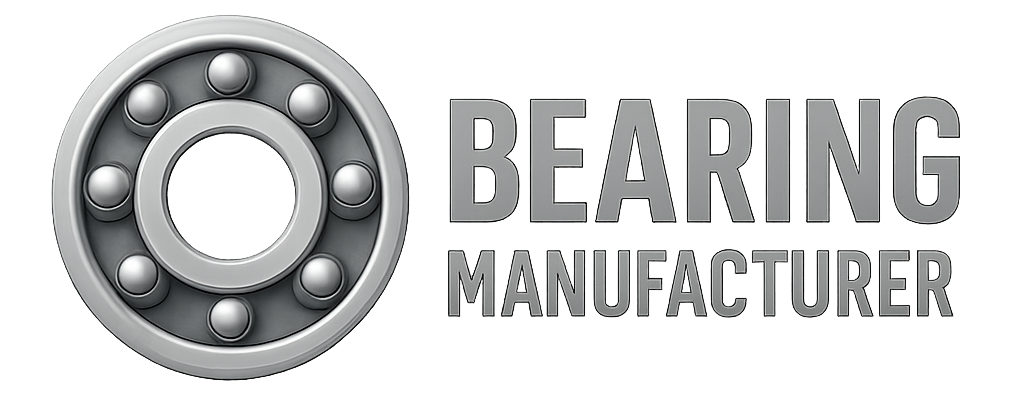Industrial bearings are critical components across countless applications, reducing friction between moving parts and carrying various loads. Among their key specifications, bore diameter — the inner dimension of the bearing — plays a decisive role in ensuring proper fit with the shaft and influencing the bearing’s overall performance.
What Is Bore Diameter?
Bore diameter, also known as inner diameter (ID), refers to the internal hollow size of the bearing. This dimension determines the fit between the bearing and the shaft, which can be classified into three main types:
-
Loose Fit – Bore slightly larger than the shaft; easy assembly but less stability.
-
Line-to-Line Fit – Bore and shaft sizes match exactly; balanced performance and fit.
-
Tight Fit – Bore slightly smaller than the shaft; ensures secure grip, ideal for high-load applications.
The accuracy of the bore-to-shaft fit is essential. Poor measurement or incorrect fit can cause misalignment, efficiency loss, and premature bearing wear.
How to Measure Bore Diameter
Precision in measurement is critical for performance, longevity, and proper installation. Even minor deviations can lead to operational problems.
Recommended Tool: Digital Vernier Caliper
-
Accuracy: ±0.02 mm
-
Advantage: High precision for both internal and external dimensions, widely used in industrial settings.
Step-by-Step Measurement Process:
-
Initialization – Turn on the caliper and zero it in the closed position.
-
Positioning – Place the internal jaws inside the bearing bore.
-
Measurement – Expand the jaws until they contact the bore walls evenly, ensuring they are parallel and not tilted.
-
Reading – Record the displayed measurement without disturbing the setup.
Why not a ruler? Rulers lack the accuracy required for tight tolerances, especially for precision machinery.
Factors Affecting Bore Diameter
Several factors can influence a bearing’s bore size:
-
Manufacturing Tolerances – Acceptable dimensional variations; exceeding limits risks misalignment and reduced service life.
-
Shaft-to-Bore Fit – Shafts may be slightly oversized for secure fits, requiring tools like induction heaters for installation.
-
Material & Heat Treatment – Thermal expansion or contraction from processing can alter final bore size.
Advanced Measurement Tools
For applications demanding ultra-high precision, specialized equipment offers superior accuracy:
-
Air Gauges – Measure airflow resistance to detect deviations as small as 0.0002 mm.
-
Specialized Bearing Measuring Instruments – Assess bore diameter, ellipticity, and taper, identifying machining irregularities.
Using advanced tools ensures tighter tolerances, improved consistency, and enhanced product quality.
Bore Diameter in Bearing Selection
While bore diameter is fundamental, selecting the right bearing requires a broader view:
-
Bore Size Significance – Directly affects grip and alignment with the shaft.
-
Other Dimensions – Outer diameter and width also impact load capacity and rotational stability.
-
Additional Specifications:
-
Shields & Seals – Protect against contaminants.
-
Flanges – Aid in positioning.
-
Material & Lubrication – Affect durability, friction, and heat dissipation.
-
Expert Tip – Bearing choice should balance dimensional accuracy with load requirements, speed ratings, and environmental factors. For instance, a 608 Metric Ball Bearing has a precisely engineered bore, making it suitable for high-speed, precision applications.
Conclusion
Understanding and accurately measuring bore diameter goes beyond basic replacement needs — it’s about ensuring optimal fit, reducing wear, and extending service life. In precision machinery, the difference between average and exceptional performance often comes down to micrometers. By combining accurate measurements with holistic selection criteria, engineers and buyers can achieve maximum reliability and efficiency.
